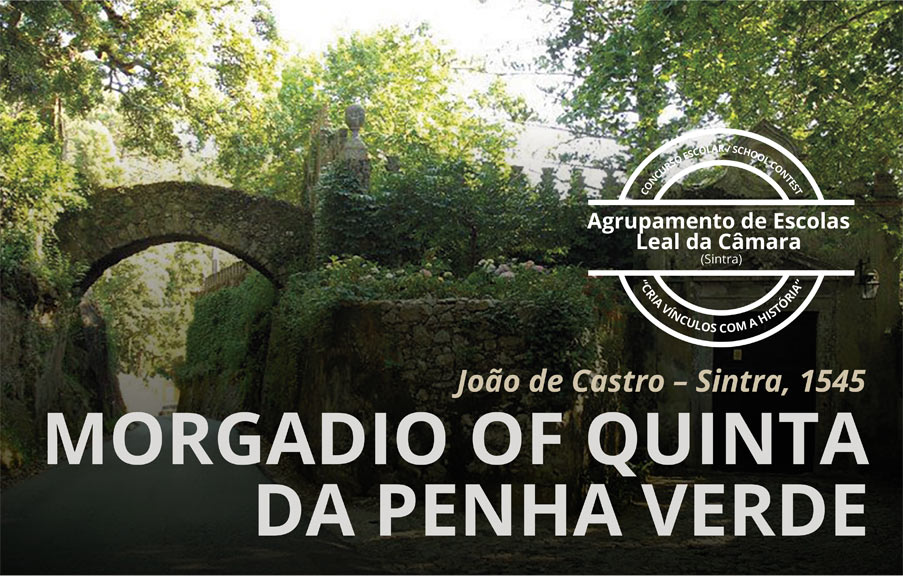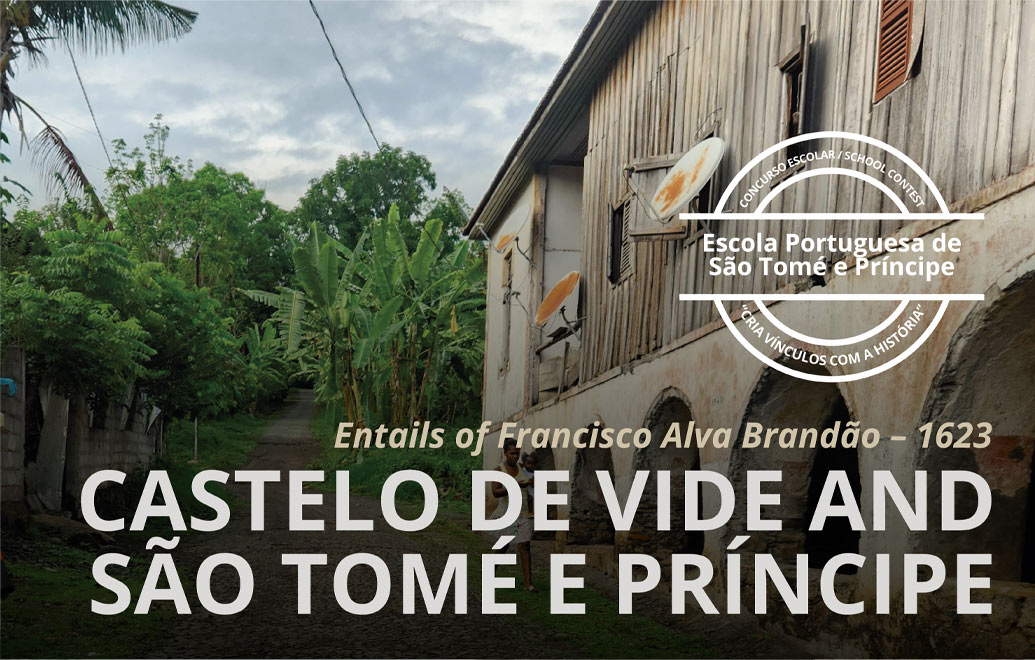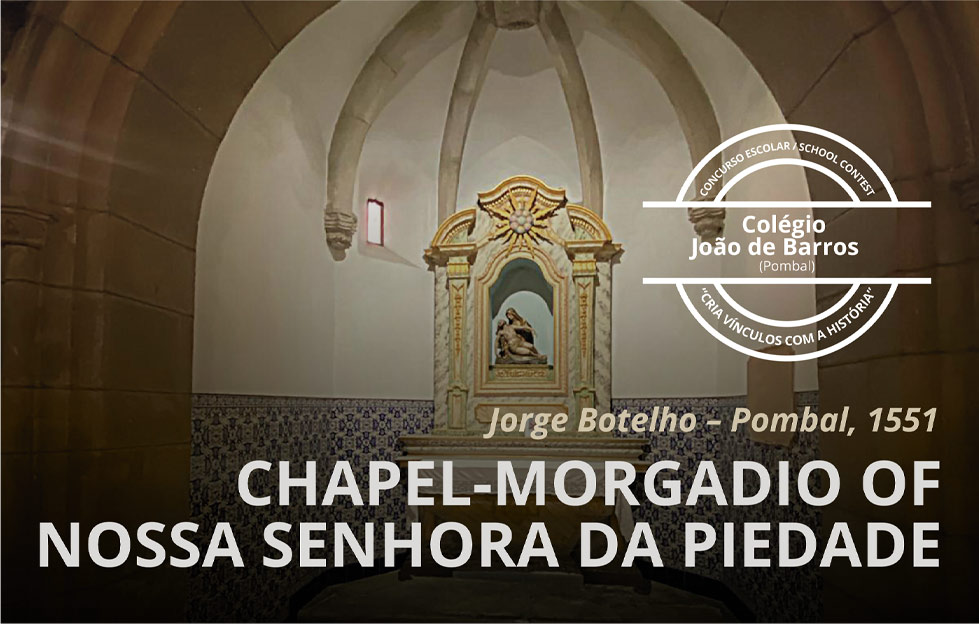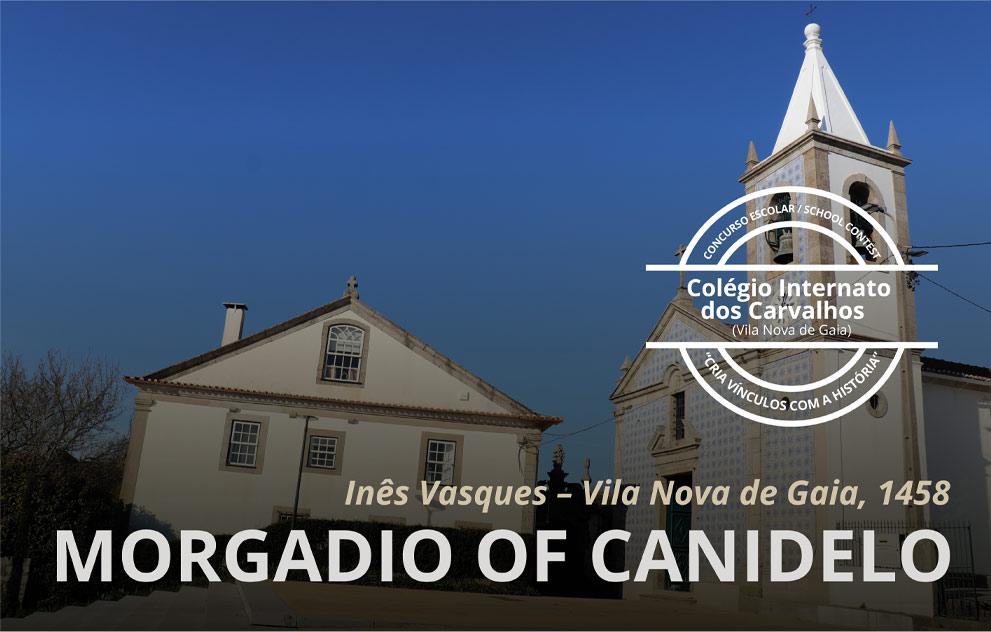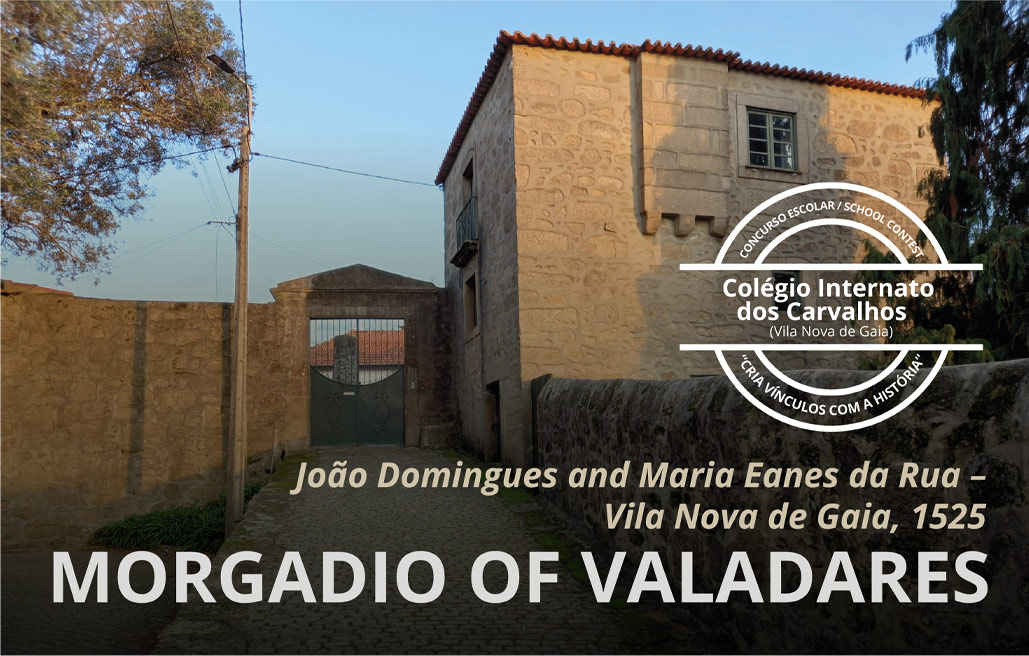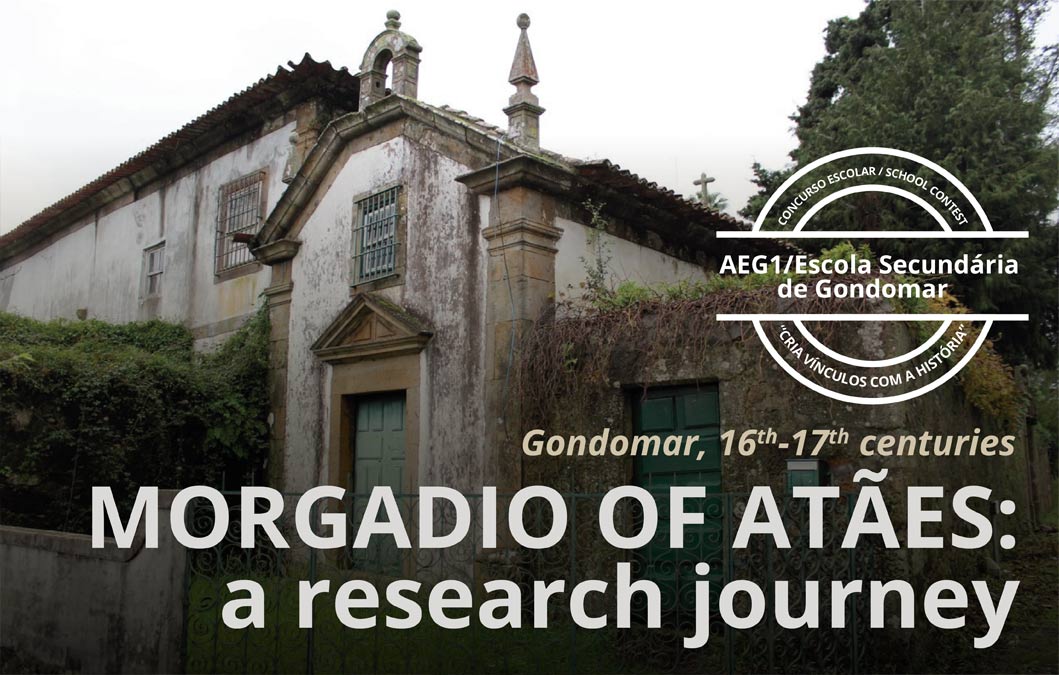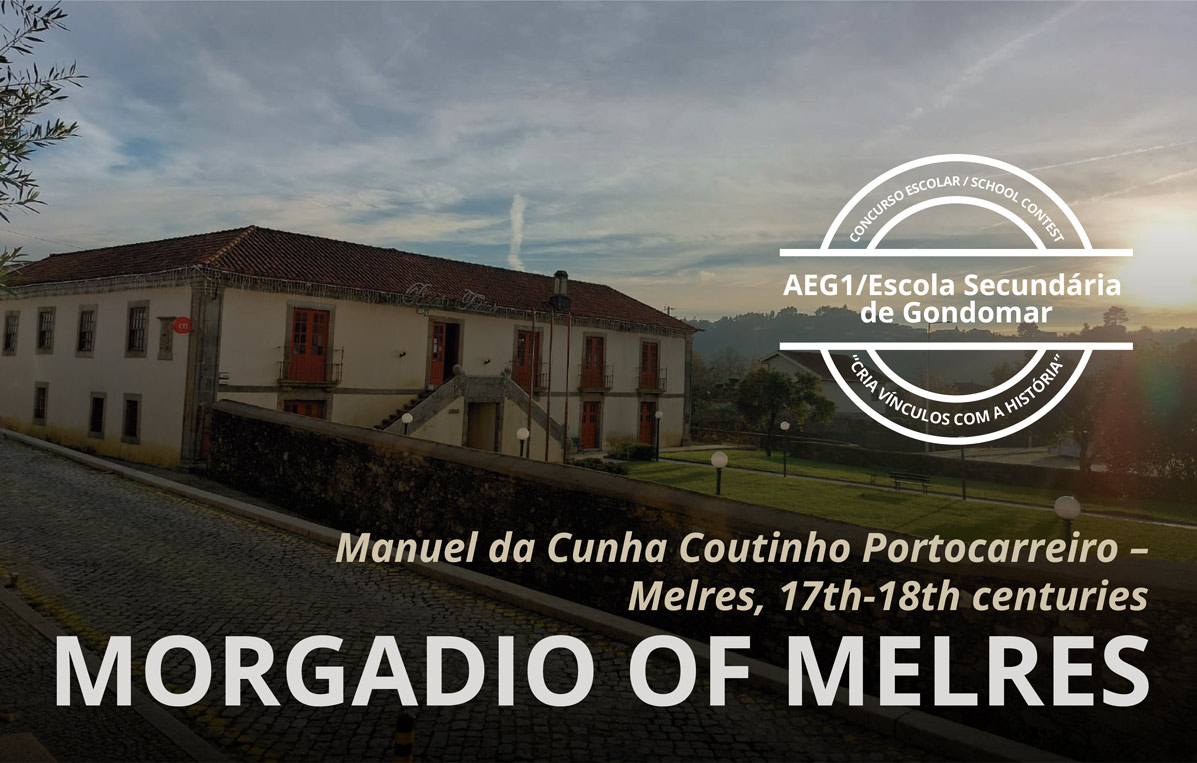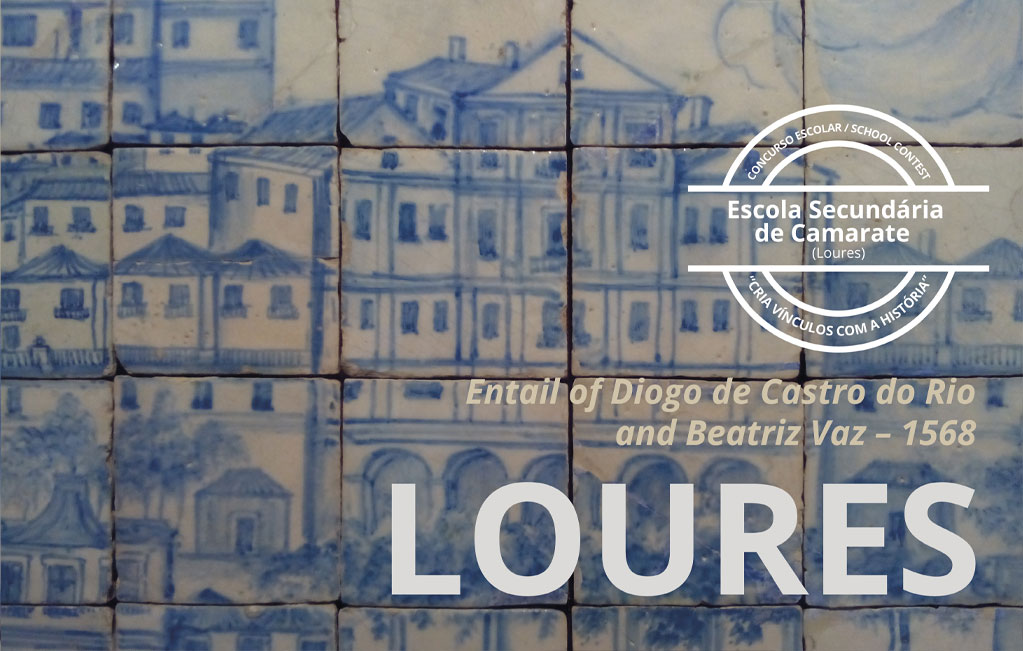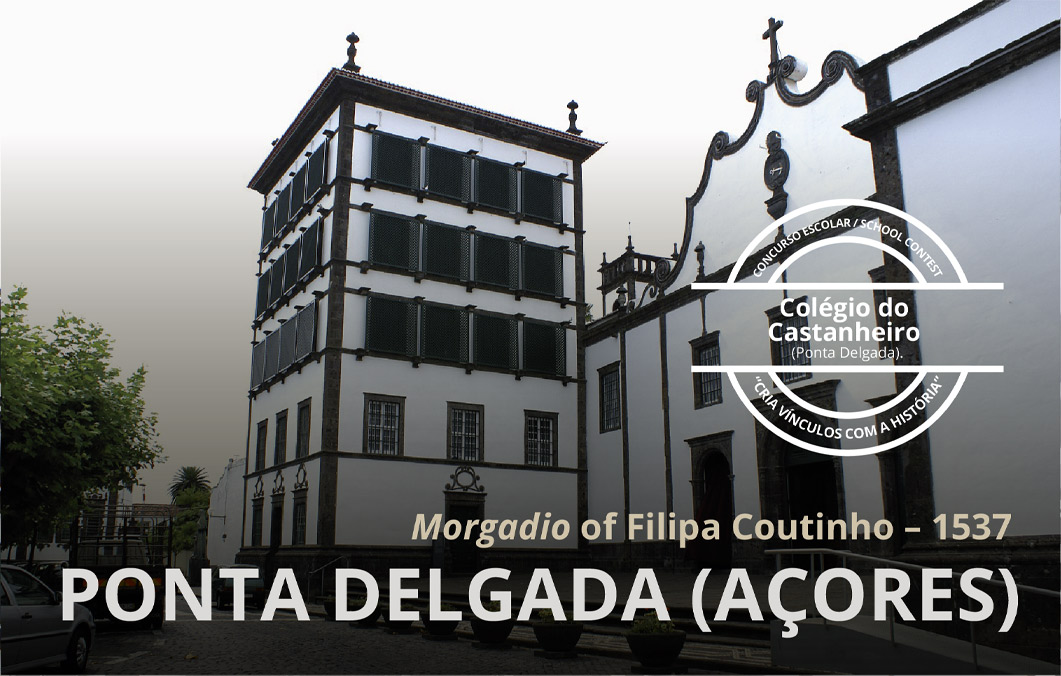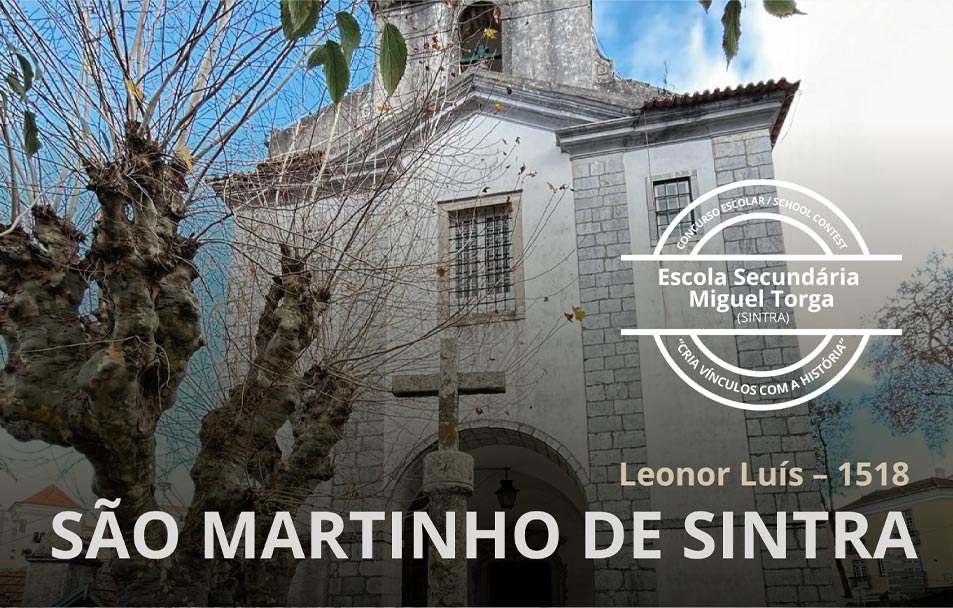Entail of the month (March, 2021)
Morgadio of Mosquitos, by André Rodrigues dos Mosquitos
Santiago, Cabo Verde, 1531
On 29 August 1531, the foundation deed of the morgadio of Mosquitos was written out in Rua de Alconchel, Évora. The morgadio was located on the island of Santiago, Cabo Verde, 3,000 km away from Évora. The institution deed is known to us from the confirmation register dating from 9 November 1531. The founder, André Rodrigues dos Mosquitos, had been a local tax official, holding the position of accountant for the islands of Cabo Verde (1524-1528) and of overseer of the Santiago factory (feitoria; 1526-1527). This enabled him to access commercial networks that were part of the dynamics of political and economic exploration by the Portuguese royal authorities.
Strategically located between the continents of Africa and Europe, the economy of the island of Santiago was a combination of land exploitation and long-distance trade. Since the sixteenth century, economic power had gradually fell into in the hands of landowners and morgados, to the extent that, for this native elite, the act of entailing land served the purpose of legitimising and supporting its socio-economic aspirations (SILVA, 1991, p. 203; CABRAL, [s.d.], p. 4). Thus, it was thanks to the positions he held that André Rodrigues dos Mosquitos was able to gather in his possession the properties which came to be tied to the morgadio of Mosquitos.
The foundation deed detailed a set of provisions aimed at future administrators, demonstrating the founder’s concern with safeguarding the patrimony’s integrity in perpetuity, by preventing its being doled out (ARQUIVO NACIONAL DA TORRE DO TOMBO, Chancelaria de D. João III, livro 73, fls 13-15, of 9 November 1531). In addition to the requirement to retaining the family surname, the administrators were under the obligation of teaching the successive heirs how to read and write, and specific clauses existed for cases in which the heir was ‘foolish, or lavish, or under the age of twenty-five’ (idem), or had committed any transgression, ‘should God forbid’ (idem). Likewise, successors who had been born illegitimately, entered an ecclesiastical career, or exercised administrative or fiscal duties were barred from inheriting. If the administration of Mosquitos should fall on a woman, she was prevented from fully exercising her rights unless permission from her father were granted regarding her marriage. There was also concern with keeping the entail viable financially , with successive administrators being required to incorporate into the entail one third of their assets, or half of them if they failed to produce any children. If the existing administrator should violate the entail’s dispositions, the penalty was to forgo the administration for a period of ten years, during which access would be allowed only to one quarter of the income, the remainder being channelled to purchasing real estate in Portugal. The possibility was contemplated that the local magistrate took control of one quarter of the entail’s income. For the next two generations to resume the morgadio’s administration, the foundation deed set specific instructions: if the direct heir were not a resident of Santiago and ‘therefore had an agent in the farms’ (ibidem, fl. 14), then the agent (feitor) must be one of the heir’s illegitimate, mulatto sons, either Nicolau or Francisco (idem).
At the close of the deed, the reader is presented with a rich description of the church of Madre de Deus, to be built on the farm site, as the burial place to André Rodrigues dos Mosquitos and his direct descendants. The founder determines with every detail the stonework to be used, the decorative ornaments, and the furniture. He specifies colours, materials, dimensions, and the provenance of items. He further determined three masses to be held annually at the family church, on the days of Our Lady of Sorrows (Nossa Senhora de Setembro), of St Nicholas, and of St Andrew. Another mass was to be held at the local hospital of Ribeira Grande on All Saints Day. A meal and twenty reais should be given to each destitute person on the island.
As far as the administration of the morgadio was concerned, it suffered periods of weakness caused by social and family reasons, particularly in the second half of the seventeenth century. In 1657, the governor of Santiago proposed to the 5th morgada, Brites de Mendonça dos Mosquitos, accommodating members of the Order of Friars Minor Capuchin in her property , since the property was ‘the most pleasant in this city, having two water points atop a high rock [and therefrom] to all of the vegetable garden’ (Crónica da Província da Soledade, António Brásio, MMA, 2nd series, vol. 6, pp. 97-101, 9 May 1657 apud CABRAL, 2013, p. 215). For unknown reasons, in 1664 King Afonso VI delegated the administration of the morgadio on Domingos de Freitas. As a Lisbon resident, Freitas was foreign to the Mosquitos family and morgadio, a situation which repeated itself under the following administrator, António Martins (CABRAL, 2013, p. 215). Therefore, during this period the administrators were appointed by the king, something which still did not prevent the Mosquitos surname from being used (CABRAL, [s.d.], pp. 11-12).
In the case of Mosquitos, a sustainable relationship with the economic paradigm (as suggested by António Correia da Silva: SILVA, 1991, p. 206), became impossible in the long run, given the fact that the entail was used as a mechanism to ensure that the patrimony remained inalienable and undivided, and the family prosperous. This would cause the 11th morgado, Pedro Semedo dos Mosquitos, to require permission in 1726 to negotiate with the Santa Casa da Misericórdia the sale of plots of land which had been incorporated in the deed by the 1st morgado, Bernardo Rodrigues dos Mosquitos. The intent was that such plots were released from the entail and made capable of being traded (CABRAL, 2013, p. 214). For Silva, it was important to question the application of a legal regime of a manorial or feudal type, bringing it closer to a slave-based, agricultural model. This became the more pressing due to a gradual mismatch between the entails that prevented the land from being mobilised, which consequently removed it from commercial circuits, and the dynamics of commercial agriculture, inevitably bound to external economic fluctuation, periodic crises, or drops in revenue. As described above, the entailment of landed property also attracted a number of financial obligations — for example, payments for masses for the founder’s soul, expenses with acts of charity, and the construction and upkeep of the church. As early as 1573, Bernardo Rodrigues dos Mosquitos sought to postpone for a decade construction works on the farm, despite the foundation deed considering them as mandatory (CABRAL, 2013, p. 214).
Thus, the ‘Entail of the Month’ under analysis was the product of a conjuncture in Cabo Verde that was favourable to the Portuguese Crown, as found since the mid 1400s. This attracted individuals like André Rodrigues dos Mosquitos, whose morgadio, ‘because […] of the many properties which it comprised, […] is the greatest thing on this Island’ (ARQUIVO HISTÓRICO ULTRAMARINO, Cabo Verde, Papéis Avulsos, caixa 6, doc. 4, 28 April 1665, apud CABRAL, 2013, p. 211). However, the entailment model and the transition of patrimony within the family, in the same way that it happened in Portugal, did not seem to transfer so well to the economic and social context of Cabo Verde in the long run. Still, the morgadio of Mosquitos survived until October 1864, when the Entailment Abolition Decree came into force on the island, after it had been enacted and applied in the mainland one year before (CALDEIRA, 2011, p. 244).
Ana Rita Rocha, Joana Soares, Maria Beatriz Merêncio and Rita Sampaio da Nóvoa.
ALBUQUERQUE, Luís de; SANTOS, Maria Emília Madeira (coords) – História Geral de Cabo Verde, Centro de Estudos de História e Cartografia Antiga, vol. 1, 1991. Available at: http://memoria-africa.ua.pt/Library/ShowImage.aspx?q=/HistoriaCV/HGCV-V1&p=1 [accessed 23 February 2021].
ARQUIVO NACIONAL DA TORRE DO TOMBO – Chancelaria de D. Afonso V, “Carta Régia, 12 de Junho de 1466: Modelo de colonização trazido pela Coroa para as ilhas de Santiago e Fogo”, livro 14, fl. 104. Available at: https://digitarq.arquivos.pt/details?id=3818398 [accessed 26 February 2021].
ARQUIVO NACIONAL DA TORRE DO TOMBO – Chancelaria de D. João III, livro 73, fls 13-15, 9 November 1531. Available at: https://digitarq.arquivos.pt/details?id=3882122 [accessed 26 February 2021].
ARQUIVO NACIONAL DA TORRE DO TOMBO – Livro das Ilhas, “Carta régia de 8 de Fevereiro de 1472”, fls 2v.- 4. [consultado a 26 de fevereiro]
CABRAL, Iva Maria de Ataíde Vilhena – “Origem e evolução da elite cabo-verdiana: terras, gentes e mestiçagens”, s.l., s.d. Available at: https://core.ac.uk/download/pdf/38680205.pdf [accessed 24 February 2021].
CABRAL, Iva Maria de Ataíde Vilhena – A primeira elite colonial atlântica, Dos «homens honrados brancos» de Santiago à «nobreza da terra» (Finais do séc. XV – início do séc. XVII), Praia, Universidade de Cabo Verde, 2013. Available at: http://hdl.handle.net/10961/3316 [accessed 24 February 2021].
CALDEIRA, João Luís Cabral Picão – O Morgadio e a expansão nas ilhas atlânticas. Universidade Lusíada de Lisboa, Lisbon, 2011. Available at: http://hdl.handle.net/11067/550 [accessed 23 February 2021].
SILVA, António Correia da – “Espaço, ecologia e economia interna”, in ALBUQUERQUE, Luís de; SANTOS, Maria Emília Madeira (coords), História Geral de Cabo Verde, Centro de Estudos de História e Cartografia Antiga, vol. 1, 1991, pp. 179-236. Available at: http://memoria-africa.ua.pt/Library/ShowImage.aspx?q=/HistoriaCV/HGCV-V1&p=1 [accessed 23 February 2021].
Other entails of the month



